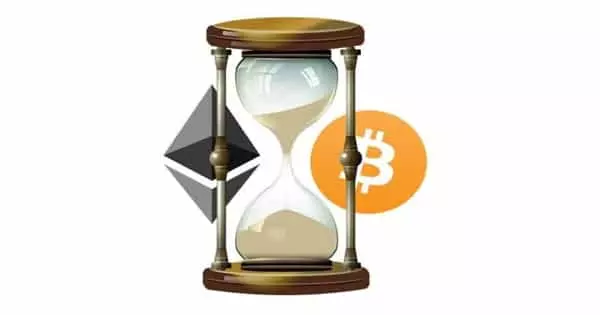In economics, time preference (also known as time discounting, delay discounting, temporal discounting, or long-term orientation) is the current relative value placed on receiving a good or some cash at an earlier date versus receiving it later. The discount function mathematically captures time preferences. The greater the time preference, the greater the discount applied to future receivables or costs payable.
One of the factors that may influence an individual’s time preference is the length of time that person has lived. An older person may have a lower time preference (in comparison to what they had earlier in life) because they have a higher income and have had more time to acquire durable commodities (such as a college education or a house).
The time preference theory of interest defines interest as a person’s or a community’s preference for a dollar of present income over a dollar of future income. Time preference typically refers to how goods are valued in the market based on the date/time they are received. For example, the valuation of goods received earlier differs from that of goods received later. Interest is defined as the price of time in the time preference theory of interest, which explains why people prefer present income over future income even if they have the same dollar amount.
Examples
As an example, suppose Jim and Bob go out for a drink and Jim doesn’t have any money, so Bob lends Jim $10. The next day, Bob returns to Jim, and Jim says, “Bob, you can have $10 now, or I will give you $15 at the end of the month when I get paid.” Bob’s time preference would change depending on whether he trusted Jim and how much he needs the money now, whether he thinks he can wait, or whether he would prefer to have $15 at the end of the month rather than $10 now. The time preference is influenced by current and expected needs, as well as current and expected income.
In behavioral finance, time preference (or “discounting”) refers to how much of a premium a consumer will place on enjoyment closer in time over enjoyment further away.
There is no absolute distinction between “high” and “low” time preference; only comparisons with others, either individually or collectively, exist. Someone with a high time preference is more concerned with his or her well-being in the present and immediate future than the average person, whereas someone with a low time preference is more concerned with their well-being in the distant future.
The discount function mathematically captures time preferences. The greater the time preference, the greater the discount applied to future receivables or costs payable.
















